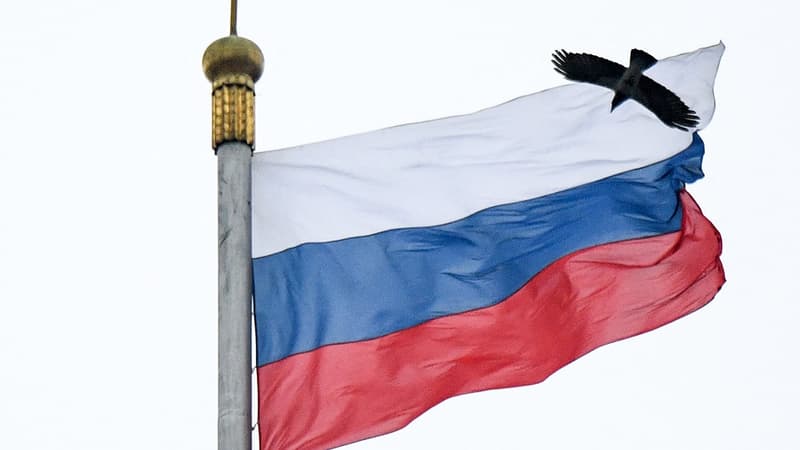Inflation continued to slow in Russia in November, to less than 12% year-on-year, after soaring to a 20-year high in April following the offensive in Ukraine, according to statistics from the Rosstat agency. Despite a level that remains high, the price increase stood at 11.98% year-on-year in November, compared to October (12.63%), according to figures published this Friday by Rosstat.
This decline in inflation for several months underscores a general improvement in the economic situation in Russia, despite the barrage of international sanctions that has affected many sectors, such as the automobile industry.
On Friday morning, Russian President Vladimir Putin said that he expected inflation “of 12.2%” at the end of the year, in a context of contraction of the national GDP “of 2.9%”, far from the doomsday forecasts of the spring after the first Western measures against Moscow.
Stable prices for a month
According to figures published by Rosstat, food prices accelerated by 11.5% year-on-year in November, driven in particular by staples such as sugar (+22%), butter and pasta (+18%). or milk (+17%). Compared to October, prices as a whole remained stable, while food prices increased very slightly, 0.5%.
Prices, already on the rise in Russia due to the post-COVID-19 recovery and rising commodity prices, had skyrocketed following the imposition of international sanctions against Russia following its military intervention in Ukraine.
In April, inflation had even broken a record since 2002, rising to 17.8% in one year. Since then, the rise in prices has slowed, in particular thanks to the efforts of the Russian central bank, determined to limit currency exchanges.
Source: BFM TV


